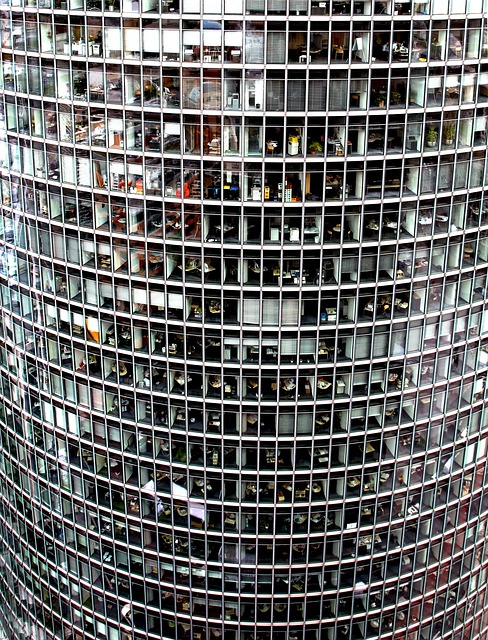DIY Fence Installation Tips for New Bedford, Massachusetts Homeowners
Considering a DIY fence installation? New Bedford, MA, homeowners can enhance their property with a well-planned and constructed fence. This article guides you through the process, from planning your fence installation according to local guidelines and choosing durable materials suited to your property, to a step-by-step building guide ensuring structural integrity and safety. We also cover local permits and essential safety tips tailored for New Bedford homeowners.
- Planning Your Fence Installation: New Bedford Guidelines
- Choosing the Right Material for Your Property
- Step-by-Step Guide to DIY Fence Building
- Local Permits and Safety Tips for Homeowners
Planning Your Fence Installation: New Bedford Guidelines
Before beginning your DIY fence installation project, careful planning is essential to ensure compliance with New Bedford’s local regulations and guidelines. The city of New Bedford has specific rules regarding fence height, location, and materials, especially in residential areas. It’s crucial to check these guidelines before starting construction.
First, determine the purpose of your fence; is it for privacy, security, or aesthetic appeal? Understanding this will help you choose an appropriate style and material. Next, measure the area where the fence will be installed, considering any property lines and existing structures. Ensure that your chosen design aligns with local building codes, which may dictate maximum heights and post spacing. Additionally, familiarize yourself with neighborhood associations or homeowner’s associations, as they might have specific requirements for exterior improvements, including fences.
Choosing the Right Material for Your Property
When selecting fencing materials for your New Bedford property, consider factors like climate and local regulations. For our region’s varying weather patterns, opt for durable materials that can withstand both hot summers and cold winters. Wooden fences are a popular choice but require regular maintenance; vinyl or metal options are low-maintenance alternatives known for their longevity.
Research local building codes and homeowner associations (HOAs) to understand any restrictions on fence types, heights, and styles. Some neighborhoods may have guidelines regarding aesthetic appeal, so ensure your chosen material aligns with these standards to avoid any legal issues or neighborhood disputes.
Step-by-Step Guide to DIY Fence Building
Building your own fence can be a rewarding DIY project, and with the right planning and tools, New Bedford homeowners can create a secure and aesthetically pleasing boundary. Here’s a simplified guide to constructing your own fence:
1. Plan Your Fence Layout: Start by measuring the area you want to enclose and deciding on the type of fence best suited for your needs—wooden, vinyl, or chain-link. Sketch out a design, considering height, length, and the number of posts required. Ensure it aligns with local building codes.
2. Gather Materials: Based on your plans, list the necessary materials such as wooden boards, fence posts, concrete, and fencing hardware. Visit local hardware stores to purchase everything you need, ensuring you get high-quality materials for a durable fence.
3. Prepare the Ground: Clear the area, removing any grass or plants that might interfere with post placement. Dig holes for the fence posts, making them deep enough (usually around one-third of the post’s height) to provide stability.
4. Set Up Posts and Connect Rails: Place the posts in the prepared holes and secure them with concrete, allowing it to set completely. Once dry, attach horizontal rails to the posts using brackets or nails, depending on your chosen fence design.
5. Install Fence Panels or Pickets: If using pre-assembled panels, attach them to the rails with screws or nails. For a custom design, nail or screw individual picket boards to the rails, ensuring they’re even and secure.
Local Permits and Safety Tips for Homeowners
Before beginning any DIY fence installation project, New Bedford homeowners should familiarize themselves with local regulations and safety guidelines. Check with your town or city clerk’s office to determine if a permit is required for installing a fence. Many places have specific restrictions on fence height, materials, and placement, especially in close proximity to neighbors’ properties or public spaces.
Safety is paramount during any home improvement project. Wear appropriate personal protective equipment (PPE), including safety glasses, gloves, and a hard hat if necessary. Ensure proper tool handling and follow manufacturer instructions for any hardware or fasteners used in the installation process. Additionally, be mindful of underground utilities by calling 811 to locate and mark lines before digging or installing fence posts.
